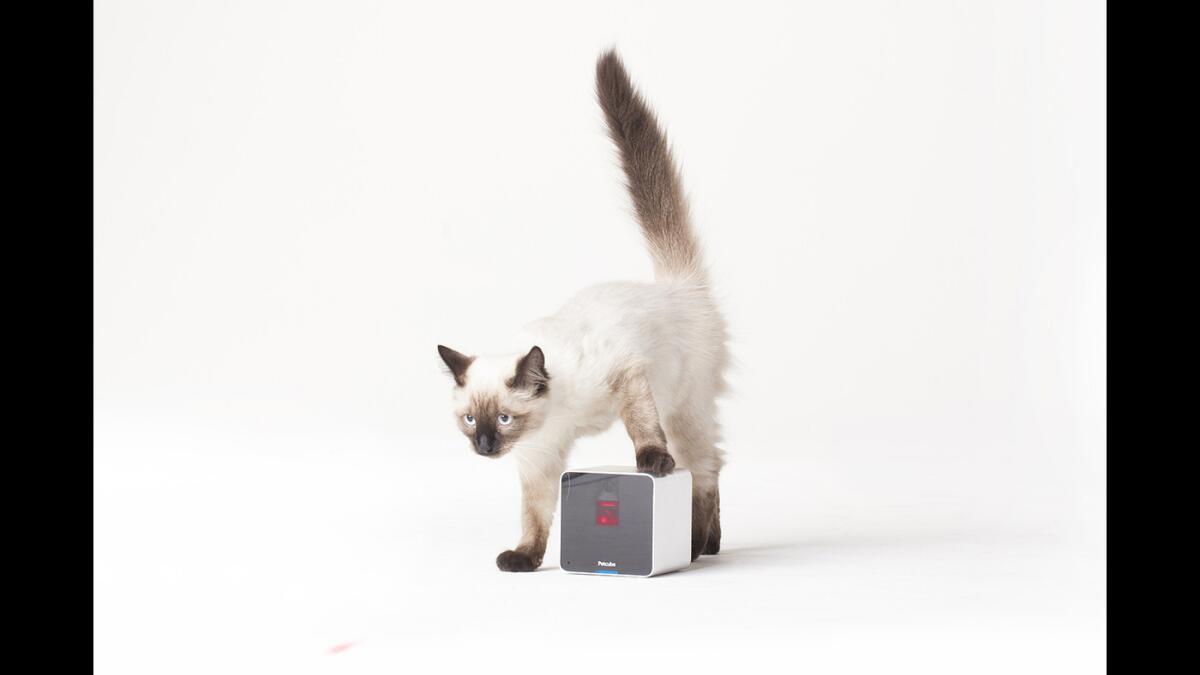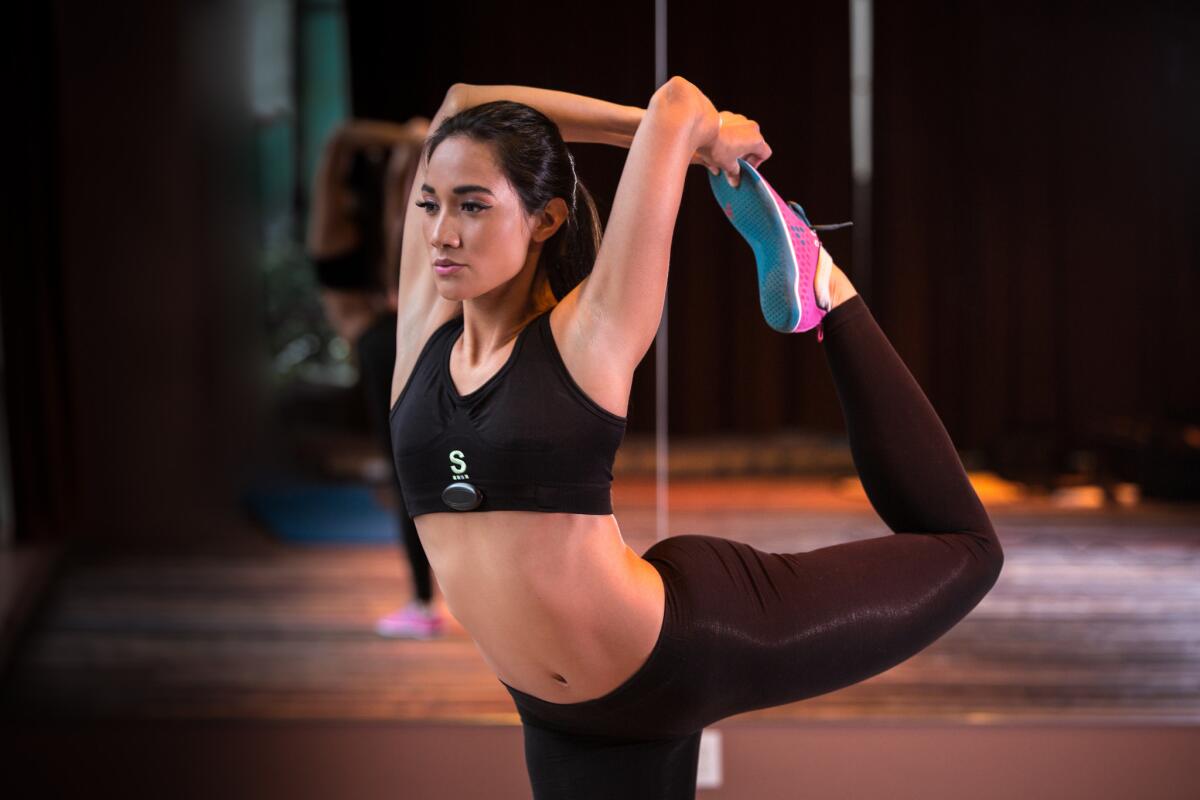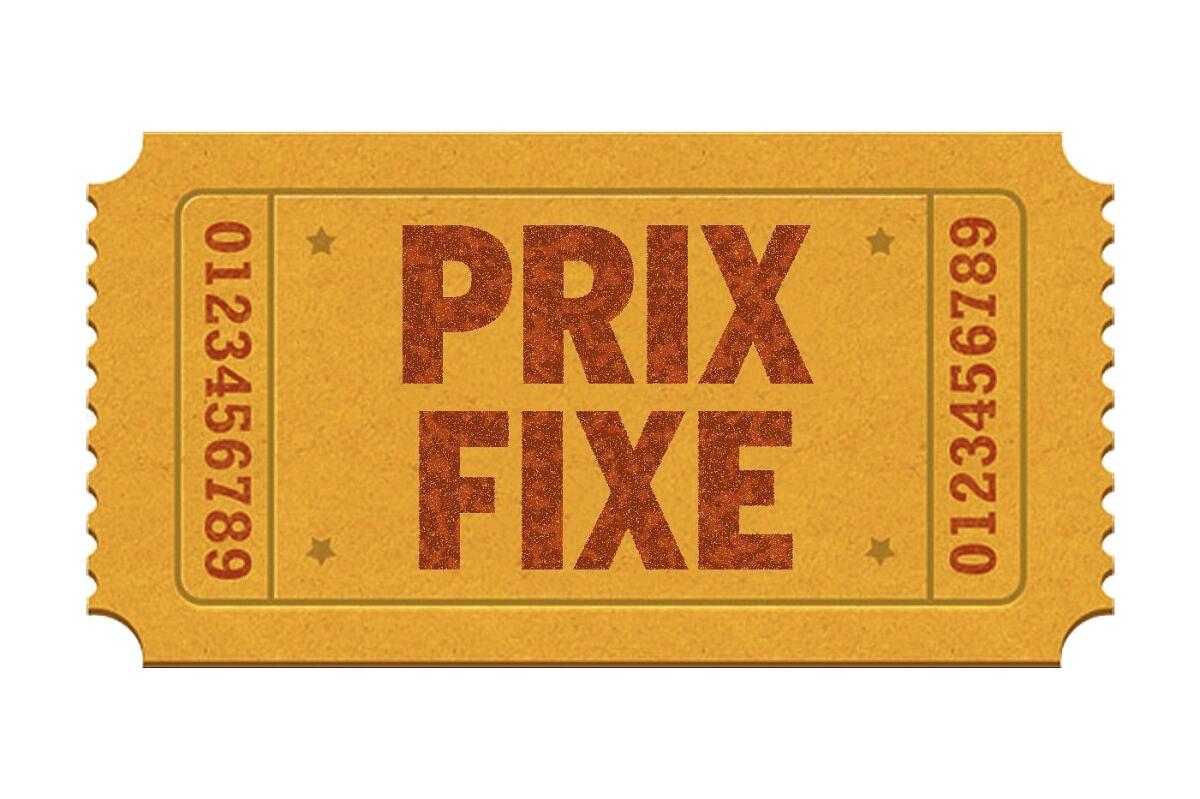Living in the Future
Rediscovered classics, innovations, ‘appropriate’ gardens and the color Marsala. A look ahead.
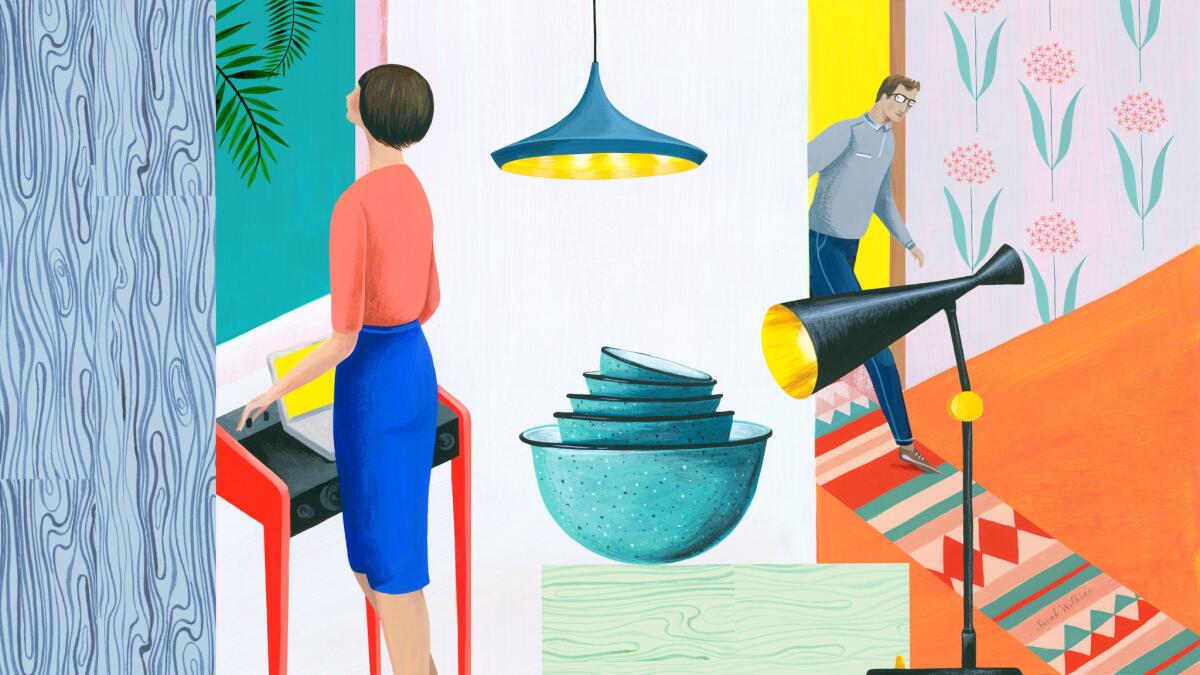
The Future
What might your future look like? The L.A. Times has been featuring stories that focus on trends in Food, Mind & Body and Home & Design — and how those trends might allow you to recharge, reboot and enjoy your life a little bit — or a lot — more. Some of what we have reported is happening right now; other stories anticipate the coming months and years. Scroll down or click the images below to explore our predictions.
Home & Design
Living in the Future

Illustration: Sarah Wilkins / For the Times
Rediscovered classics, innovations, 'appropriate' gardens and the color Marsala. A look ahead.
Southern Californians are obsessed with the design of our homes, the details of how they are furnished and the patches of green that we plant and water. There are fewer rules here; we are free to mix colors and lacquers, woods and carpeting, antiques and flea-market finds. We reach for new technology as soon as it’s on the market. So how will all this play out in the future?
From old-school florals to brand-new innovations, here's 15 easy pieces and smart ideas to improve your house this year. »
More views and photos: Designers and architects sound off on future trends
![People today do not want the expense and hassle of a big yard. "It's not practical to have a big lawn these days," says architect Patrick Tighe says. Tighe's preference is to build "smart, smaller homes." "[People] want interior space because it gives them the greatest payback in the end."](https://ca-times.brightspotcdn.com/dims4/default/41ae3ef/2147483647/strip/true/crop/1800x1200+0+0/resize/1200x800!/quality/75/?url=https%3A%2F%2Fcalifornia-times-brightspot.s3.amazonaws.com%2F52%2F26%2F2904ca1a357b76f6e79b5fc000d0%2Fla-sy-future-of-20150117-012)
McMansions eat up traditional backyards as interiors trump exteriors
'LIKE' LOS ANGELES TIME HOME & DESIGN ON FACEBOOK
Mind & Body
Fantastic Voyagers

Illustration: Sarah Wilkins / For the Times
The visions of '60s sci-fi flicks aren't that far from today's smart-, micro- and meta- world of ways to get fit, feel better and know ourselves.
The future of your health is literally in your hands, from the food you make to the gadgets you hold. And we're moving in two directions simultaneously.
Many experts are sending us back to basics: Take a walk, eat vegetables and fruit — no "Jetsons" pill for dinner. At the same time, a recently unimaginable array of inventions and advances gives us the ability to track our bodies like never before. Take a look at the possibilities.
Future of healthcare: Sensors will lead to highly personalized care
The future of health looks a lot like the fitness tracker you might already wear on your wrist or your waistband. But instead of just keeping tabs on your activity level, high-tech sensors embedded throughout your home, your car and maybe even under your skin will keep tabs on your every waking moment. »
Full text: What do health experts see in our near future?
Five ways to improve your health starting now
FOLLOW @LATIMESHEALTH ON TWITTER
Food
Days of Future Repasts
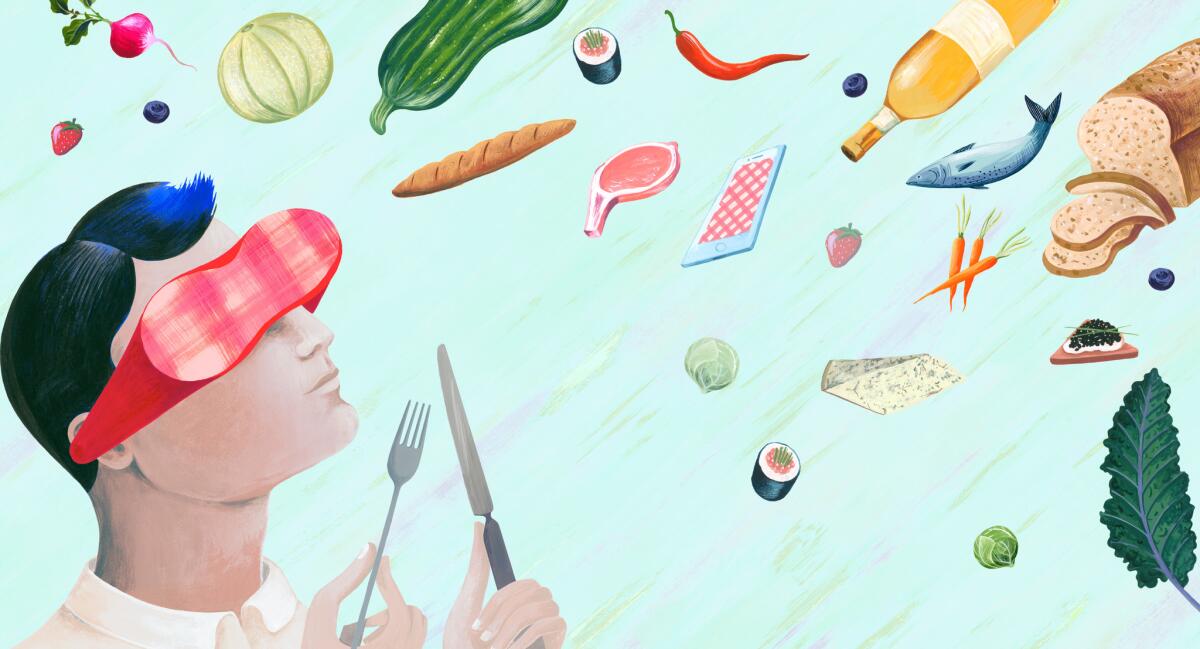
Illustration: Sarah Wilkins / For the Times
Is it back to Chinatown or back to luxury? Fridges that mop your floor or farmers who come to your door? We look at 2015 and beyond.
Is Los Angeles the greatest food city in the country? There are a few other places that might dispute that boast. But it is safe to say that we live in a city unequaled for food invention and innovation. New ingredients, new dishes, new types of dining experiences, many of them pop up here first before spreading through the rest of the country. Here we present a series of stories on what we might be seeing in the food and dining scene this year and further into the future.
FOLLOW @LATIMESFOOD ON TWITTER
Produced by Sean Greene
Sign up for our L.A. Times Plants newsletter
At the start of each month, get a roundup of upcoming plant-related activities and events in Southern California, along with links to tips and articles you may have missed.
You may occasionally receive promotional content from the Los Angeles Times.




